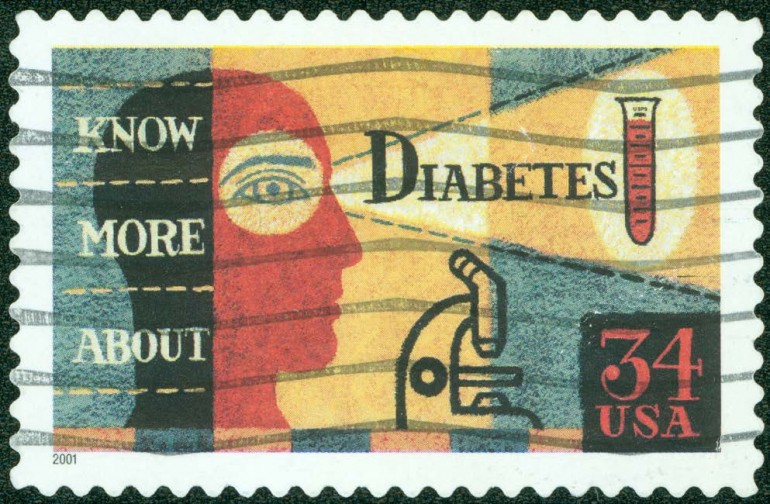
Low estrogen, poor sleep and weight gain are risk factors for diabetes
Diabetes is killing someone in the world every 7 seconds
Women’s bodies naturally have a relationship with blood sugar. You know those periodic chocolate cravings! It’s related to fluctuating levels of estrogen and progesterone.
Estrogen makes the body less resistant to insulin, which makes it easier for glucose to get into the cells to burn for energy. Progesterone has the opposite effect. As menopause approaches and hormones again fluctuate wildly, it sets women on a path toward diabetes. Add to that the weight gain that many experience plus dwindling sleep, and diabetes becomes even more likely.
Chronic diseases like diabetes are responsible for 75% of healthcare spending in the United States and diabetes is rapidly moving to the top of the list.
By 2020 approximately 1/3 of Americans will be either diabetic or pre-diabetic (blood sugar higher than normal but not high enough to be diabetic). At present, 366 million people in the world have diabetes and diabetes is killing someone in the world every 7 seconds.
But here is the most important thing to know: seven million
Americans with type 2 diabetes have no symptoms at all and don’t know they have the disease. And according the CDC, prediabetes affects 35% of adults ≥ 20 and 50% of adults ≥ 65.
Prediabetes typically turns into diabetes. But it is reversible if you catch it within the first five years or so. The trick is to check your blood with a test called hemoglobin A1C. It can be drawn at any time of day and you don’t have to be fasting. It tells an average of your blood sugar levels over the past three months. You can also have a fasting glucose blood test or another test called an oral glucose tolerance test. The A1C test is the easiest for a screen.
According the CDC, prediabetes affects 35% of adults ≥ 20 and 50% of adults ≥ 65. Check your blood with a test called hemoglobin A1C
Do you know
if you have
diabetes or
pre-diabetes?
Are you sure?
According to the American Diabetes Association these are the symptoms
Type 1 Diabetes
- Frequent urination
- Unusual thirst
- Extreme hunger
- Unusual weight loss
- Extreme fatigue and irritability
Type 2 Diabetes
- Any of the type 1 symptoms
- Frequent infections
- Blurred vision
- Cuts/bruises that are slow to heal
- Tingling/ numbness in the hands/feet
- Recurring skin, gum, vaginal or bladder infections
Watch the video below to hear a song I’ve created to understand how diabetes can be detected and controlled. And ask your doctor to check your hemoglobin A1C. Don’t let diabetes take control of you.



